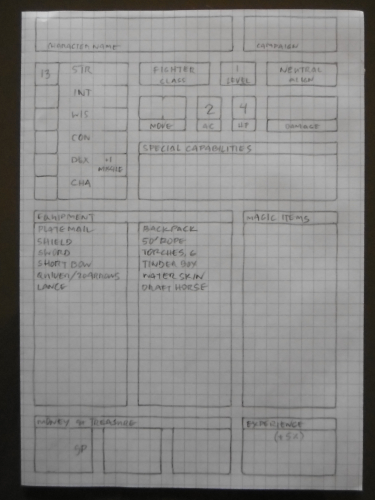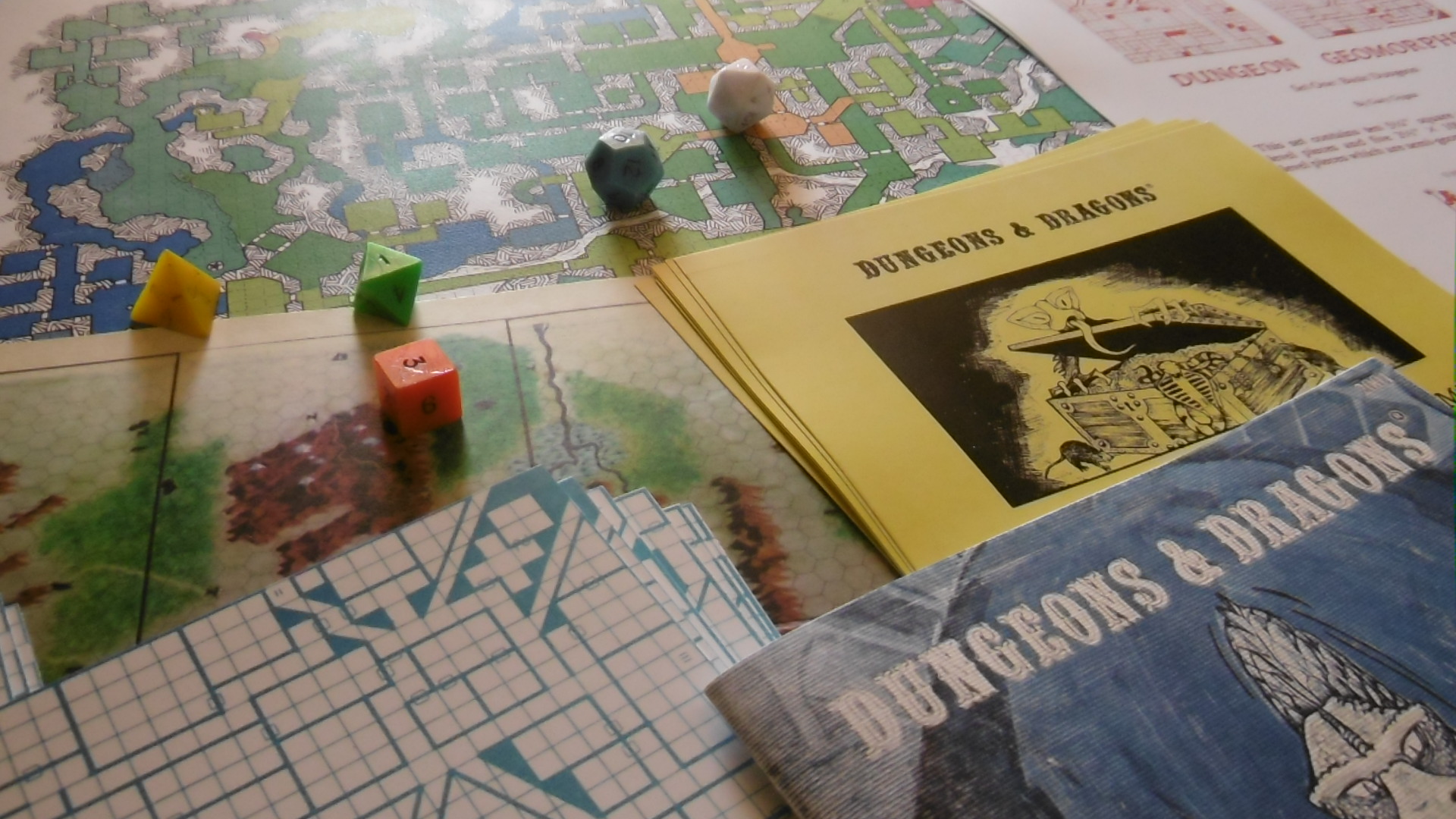Dagrun Stardark
The following text describes events in Wyrm Dawn’s First Age of Monsters. In this age, “A Wizard” (How to Host a Dungeon, Dowler, 2019) rose so quickly to “villainy” that I have determined to run a second Age of Monsters following the empire’s demise.
Throrgrmir Legacy
A long, dark silence followed the dwarves’ departure. No more was heard the din of the miner’s pick nor the clank of the smith’s hammer. In workshops, tools were carefully arranged, ready to be taken up again to finish abandoned work. Furnaces and smelteries were dead cold. Drinking halls were still. Walls of fine-hewn granite blocks no longer held the memory of the last echoes of raucous folk ballads nor of solemn dirges. The slow drip of water from cavern ceilings kept time on quiet dwarf-carved stones.
The subterranean river continued its winding way through smooth-worn channels. It flowed by the now dry aqueduct, under the crumbling bridge, through empty dormitories and treasure vaults, past life-like statues of rock, iron, and crystal—indeed living yet unmoving, and rippled between the feet of the Throrgardr Colossus, which still stood, keeping watch over the forsaken realm. The river’s dark water twisted around former graffhellar into the great cavern that once housed a thriving city of proud dwarves.
Now there slept the primordial wyrm atop a pile of treasures collected by her offspring. Between crystal urns and bronze chests, spilling coins and jewels, wyrmlings nestled. In turns, the serpent sisters yawned and tasted the air with darting tongues between long bouts of fitful slumber.
And so, the Throrgrmir Civilization passed into legend, its history and culture preserved on engraved friezes and monuments hidden in gloomy depths and in fables and epic tales. The tales told of fabulous treasures: hoards of gold, precious gems, and objects of dwarven craft, and of the Great Wyrm Ormr and her treasure-seeking spawn.
Ixmundyr
When dragons heard these tales, they were reminded of the Wyrm Prophecy, according to which at such place an Age of Dragons would dawn. Thus did Ixmundyr follow the tales to the broad river valley below the western mountains, to the crumbling citadel of the masked boar, and down into the old dwarven mine tunnels. In the magma chamber at the dungeon’s bottom, the red dragon made its lair.
Legendary Throrgardr
Subterranean denizens from neighboring realms came after treasures. In the old Throne Room, they found the Throrgrmir Scepter. Thinking to have discovered the legendary city, they settled there and in old graffhellar across the bridge. They called the settlement Legendary Throrgardr and, for a time, prospered.
In a treasure vault, Throrgardr denizens built a wizard’s quarter. Not having the dwarves’ skill in construction, their arches and doorways were not hexagonal but triangular. They also built a stepwell, used to capture river water, and when a shadow hulk hunted them from a nearby lair, they built tombs in abandoned gem mines. Exploring deeper, they discovered an incomprehensible thing. It was the dwarves’ Doom Weapon, and they found the Inordinate, its fetish.
Dagrun, a Wizard
Also in those days, an ambitious wizard named Dagrun installed herself in the former drinking hall. From dwarven inscriptions, she learned the place was called Sixth Cairn. Above it, she built a loft, where she set up a laboratory, and so, attracted apprentices. In the neighboring tomb, she learned of Lyngheid’s Prize and the monument called Sigrenormr, which recounted the Battle of Throrgardr between the dwarves and the Great Wyrm Ormr.
Wyrmlings Wake
Even as Dagrun learned of its existence, the golden monument was being defaced. For with activity renewed in the dungeon, the serpent sisters, waking, tasted treasure on the air and began to stir. The wyrmlings could not remove Sigrenormr intact, so they broke what parts of golden limbs as they could carry.
Ixmundyr Touched
Exploring the dungeon, the wyrmlings brought treasure back to their mother’s lair. Among which was the Throrgrmir Scepter, stolen from Legendary Throrgardr. They found also the lair of Ixmundyr, who was not spared their touch.1
The Star of Darkness
Meanwhile, the wizard Dagrun explored the Dead Caverns and the dwarven barracks and treasure rooms. She opened tunnels to the old gold vein and exploited its ore. With the spoils, she made a cyst, with which she captured malign energy. Then she made a diadem.2 It shone by its own bright light. The wizard called it Stjornumyrkur, the Star of Darkness, and with it, she crowned herself Dagrun Stardark, Empress of All Old Throrgrmir.3
Upon a stele commemorating the coronation are inscribed the words of Empress Dagrun Stardark: “We shall rebuild the Throrgrmir Empire for the good of all law-abiding citizens.”
Notes
1 Ixmundyr, touched by Wyrmling Gamma, adds 1 to all dice rolls.
2 The diadem serves the same purpose as the wizard’s phylactery (How to Host a Dungeon).
3 Texts of the era preserve the domain’s name as “Ganz Elt Throrgrim.” In the heroic age in which the Wyrmwyrd campaign takes place, scholars refer to Dagrun’s reign and domain as “Throrgrmir Eld.”

